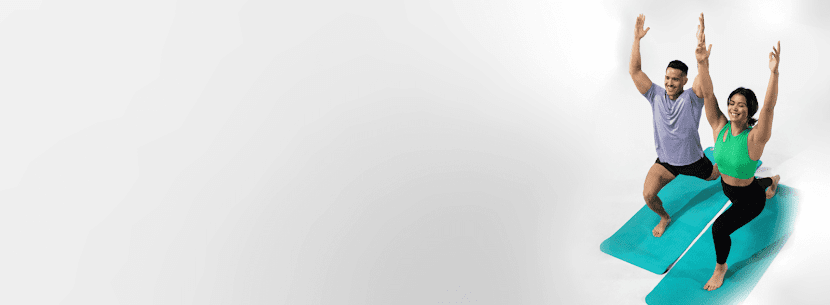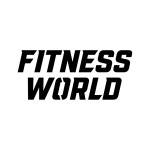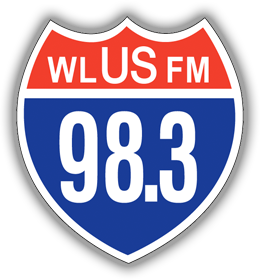Training Smarter: How Foam Rolling, Mobility & Rest Fuel Progress
For many, progress in the gym is tied to working harder—heavier weights, longer runs, more sweat. But a recent fitness article reminds everyone that true progress depends just as much on recovery. Your muscles need time to heal and rebuild. Lougheed Fitness World emphasizes not only challenging workouts but also the recovery methods that keep members strong and consistent at their local gym in Burnaby, BC.
Defining Active Recovery
Active recovery means light activity that promotes repair. Unlike sitting still, it involves movement such as yoga classes, walking, or a gentle mobility sequence. These activities improve circulation, reduce soreness, and accelerate healing. It’s particularly helpful on the days following intense workouts like strength training or cycling classes.
Why It Makes a Difference
Recovery supports flexibility, circulation, and overall performance. More importantly, it reduces the risk of injury and keeps joints healthy for long-term fitness. Muscles that rest rebuild stronger, meaning you’ll get more out of personal training, group fitness classes, or independent workouts.
How to Use a Foam Roller Effectively
Foam rolling is one of the most accessible recovery tools. It applies targeted pressure, helping release tight muscles and restore mobility. Just a few minutes before or after workouts can improve how your body feels.
Key areas to roll include:
-
Calves – from ankle to knee
-
Quads – from hip to just above knee
-
Upper back – from mid-back up to shoulders
Take it slow, pause on tight areas, and breathe through the discomfort—it pays off in long-term relief.
Adding Mobility Into Your Routine
Mobility drills move joints through full ranges of motion, making workouts and daily life easier. Unlike stretching, mobility is active and dynamic. Even short sessions can improve posture and reduce stiffness.
Examples include:
-
Hip circles
-
Shoulder rolls and overhead reaches
-
Ankle rocks
Fitness World offers mobility and yoga classes designed to guide you through effective drills that complement your workouts.
Why Rest Is the Secret to Growth
Every workout creates microtears in muscle fibers. Rest days give your body time to repair them, making you stronger. Ignoring rest can lead to soreness, fatigue, or injury. One to two rest days each week not only keeps you safe but also ensures you’ll train more effectively long term.
A Balanced Week of Training & Rest
-
Day 1 – Strength training + foam rolling
-
Day 2 – Yoga or mobility flow
-
Day 3 – Cardio + stretching
-
Day 4 – Rest or gentle walk
-
Day 5 – Strength + mobility drills
-
Day 6 – Active recovery such as cycling or swimming
-
Day 7 – Rest day
Consistency doesn’t come from overtraining but from balancing effort with recovery.
Supportive Recovery at the Gym
From yoga and cycling classes to personal training and recovery tools like foam rollers, Fitness World gym Lougheed gives members everything they need to recover as effectively as they train.
Located in the City of Lougheed Shopping Centre, this Burnaby gym is built for all fitness levels. The facility features a spacious cardio theatre, Olympic lifting platforms, multiple squat racks, and a dedicated studio for group exercise and fitness classes. For recovery, members can take advantage of massage chairs, foam rollers, and the exclusive Recovery Zone designed to keep you moving and feeling your best.
This Lougheed Fitness World gym in Burnaby, BC is the perfect place to train your way—whether that means strength training, yoga, cycling, or simply focusing on recovery in a motivating and supportive environment.




















